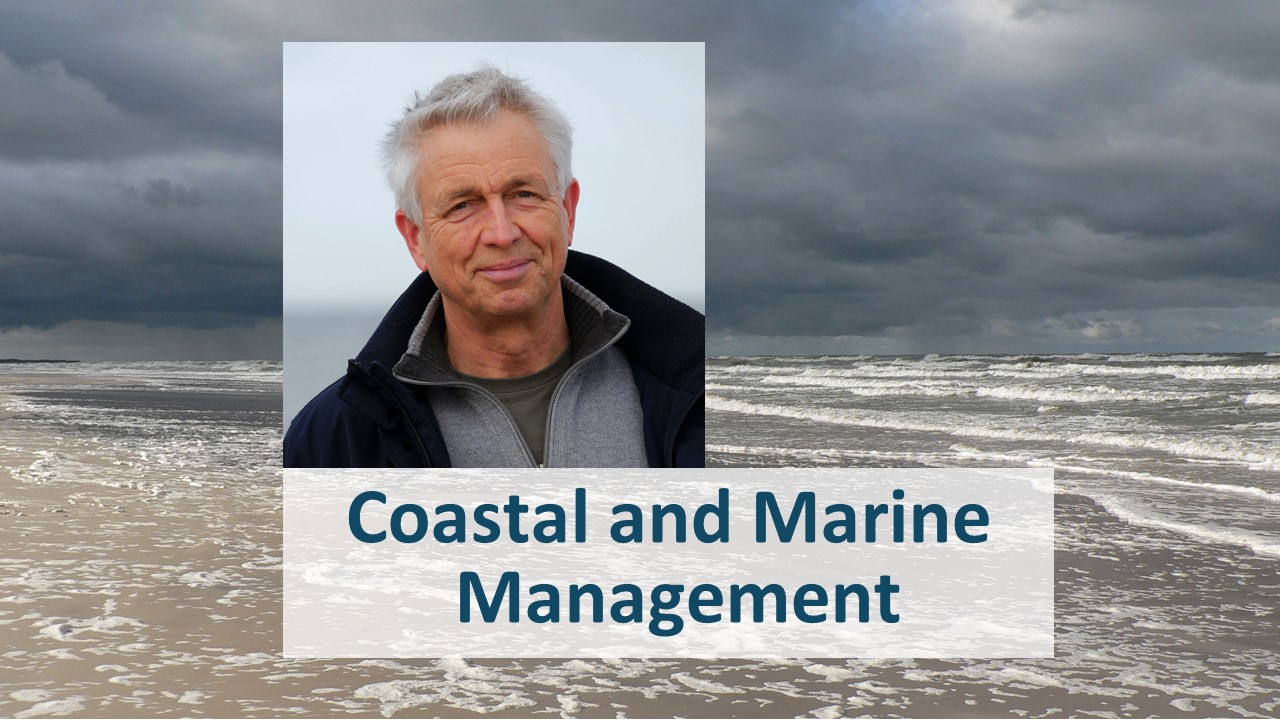
Coasts have always been a focus area of human activities and the sea has provided food, enabled transport and connected humans. Today, not only traditional coastal and marine uses exist but also emerging activities, such as mineral extraction, wind farms or new types of aquaculture. Beside this economic importance, coasts and seas have high intrinsic value, provide a free horizon, a unique environment or wildlife.
Increasing human activities cause an unsustainable use of our coasts and seas and the fragile ecosystems are threatened. As a consequence, coasts and seas became a focus of the European Union’s environmental policy. This policy provides the basis for an integrated and sustainable management with the goal to ensure healthy marine ecosystems that enable a sustainable use.
The course Coastal and Marine Management provides a sound overview about the scientific state of art and applicable management approaches and methods. It presents up-to-date knowledge about European Union’s coastal and marine policy and its implementation with a focus on the Baltic Sea. The Baltic Sea shows a wide range of human activities, resulting in pressures and negative environmental impacts that are explained and discussed. On the other hand, the Baltic Sea governance and management can be regarded as successful and can serve as a best-practice example. Therefore, the knowledge obtained on the Baltic Sea is of general relevance and can be transferred to other coasts and seas.
- Dėstytojas: Gerald Schernewski
